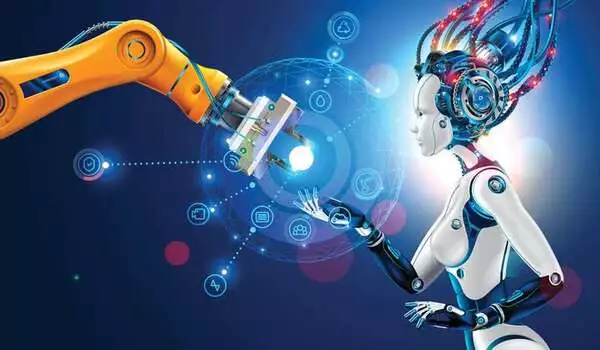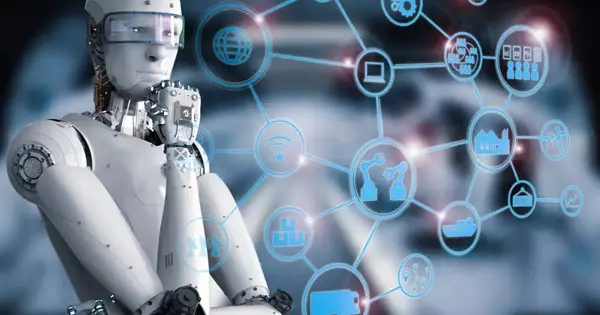Although artificial intelligence is transforming all sectors of the economy, there is no reason to fear that robots will eventually replace all human workers. According to the authors, companies that automate their operations primarily to reduce their workforces will see only short-term productivity gains. Their research, which included 1,500 firms from a variety of industries, found that the greatest performance improvements occur when humans and smart machines collaborate enhances each other’s strengths.
People must train AI agents, explain their results, and ensure that they are used responsibly. In turn, AI agents can help people with information gathering, data crunching, routine customer service, and physical labor, freeing them up for higher-level tasks requiring leadership, creative thinking, judgment, and other human skills.
Using multi-agent reinforcement learning, a type of artificial intelligence, researchers have developed a method for training multiple agents, such as robots or drones, to collaborate.
With team goals, it’s difficult to know who contributed to the victory. We created a machine learning technique that identifies when an individual agent contributes to the overall team goal. In sports, one soccer player may score, but we also want to know about the actions of other teammates that led to the goal, such as assists.
Huy Tran
Individual agents, such as robots or drones, can collaborate and complete tasks when communication lines are open. But what if they lack the necessary hardware or the signals are blocked, rendering communication impossible? Researchers from the University of Illinois at Urbana-Champaign began with this more difficult task. Using multi-agent reinforcement learning, a type of artificial intelligence, they created a method for training multiple agents to collaborate.
“It’s easier when agents can talk to each other,” said Huy Tran, an aerospace engineer at Illinois. “But we wanted to do this in a way that’s decentralized, meaning that they don’t talk to each other. We also focused on situations where it’s not obvious what the different roles or jobs for the agents should be.”
Tran said this scenario is much more complex and a harder problem because it’s not clear what one agent should do versus another agent. “The interesting question is how do we learn to accomplish a task together over time,” Tran said.
Tran and his collaborators used machine learning to solve this problem by creating a utility function that tells the agent when it is doing something useful or good for the team.

“With team goals, it’s difficult to know who contributed to the victory,” he explained. “We created a machine learning technique that identifies when an individual agent contributes to the overall team goal. In sports, one soccer player may score, but we also want to know about the actions of other teammates that led to the goal, such as assists. These delayed effects are difficult to comprehend.”
The researchers’ algorithms can also detect when an agent or robot is doing something that is counterproductive to the goal. “It’s not so much that the robot deliberately chose to do something wrong as it is something that isn’t useful to the end goal.”
They tested their algorithms using simulated games like Capture the Flag and StarCraft, a popular computer game. You can watch a video of Huy Tran demonstrating related research using deep reinforcement learning to help robots evaluate their next move in Capture the Flag.
“StarCraft can be a little bit more unpredictable — we were excited to see our method work well in this environment too.”
Tran said this type of algorithm is applicable to many real-life situations, such as military surveillance, robots working together in a warehouse, traffic signal control, autonomous vehicles coordinating deliveries, or controlling an electric power grid.
Tran said Seung Hyun Kim did most of the theory behind the idea when he was an undergraduate student studying mechanical engineering, with Neale Van Stralen, an aerospace student, helping with the implementation. Tran and Girish Chowdhary advised both students. The work was recently presented to the AI community at the Autonomous Agents and Multi-Agent Systems peer-reviewed conference.
By providing the right information at the right time, artificial intelligence can improve our analytic and decision-making abilities. However, it can also boost creativity. Consider how Autodesk’s Dreamcatcher AI boosts the creativity of even the most talented designers. A designer provides Dreamcatcher with product specifications, such as a chair that can support up to 300 pounds, has a seat that is 18 inches off the ground, and is made of materials that cost less than $75. She can also provide information on other chairs she finds appealing. Dreamcatcher then generates thousands of designs that match those criteria, frequently sparking ideas that the designer had not previously considered.













